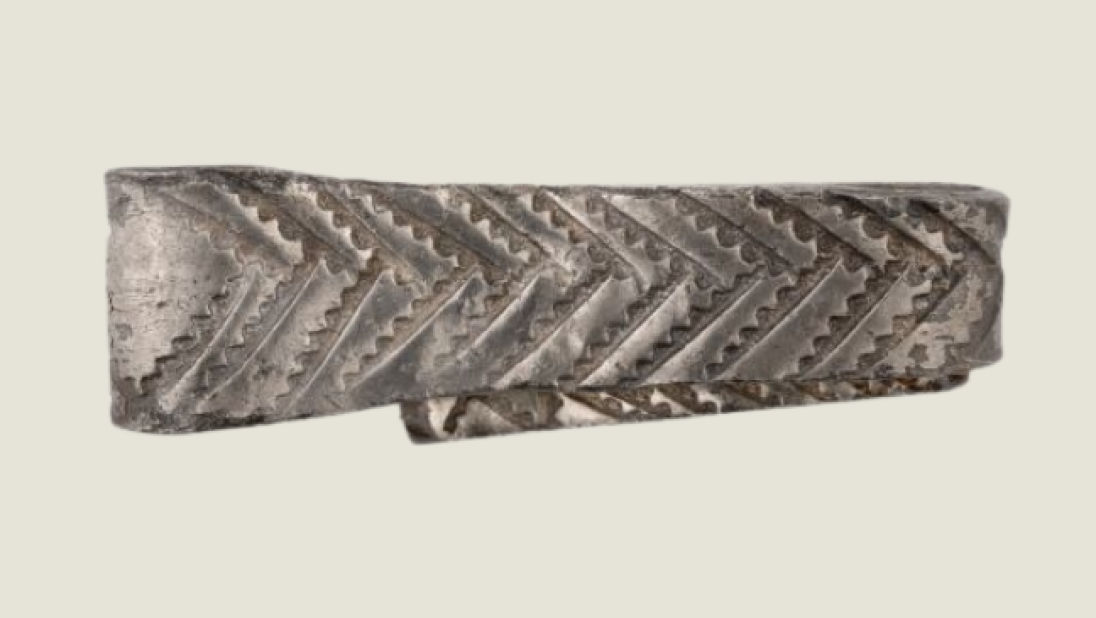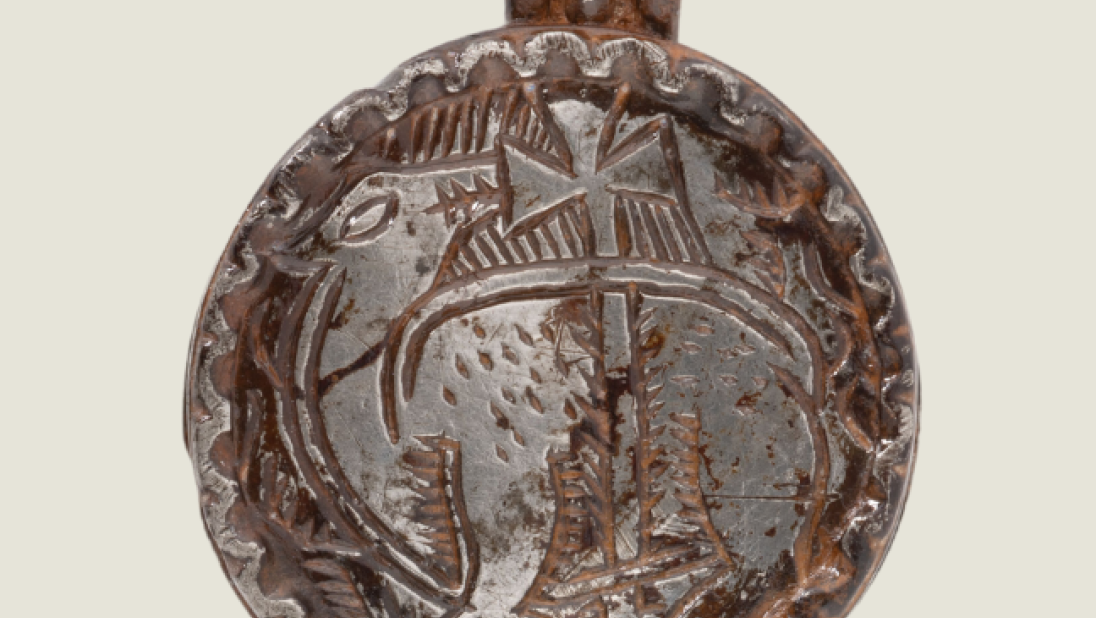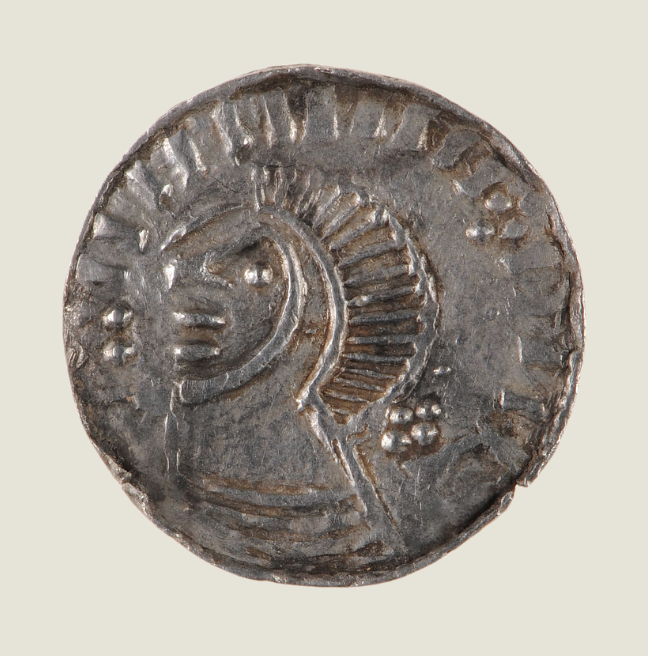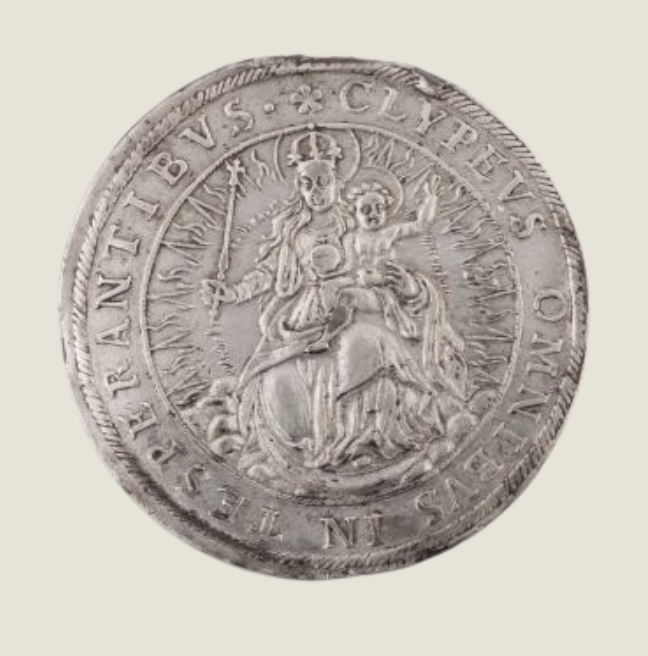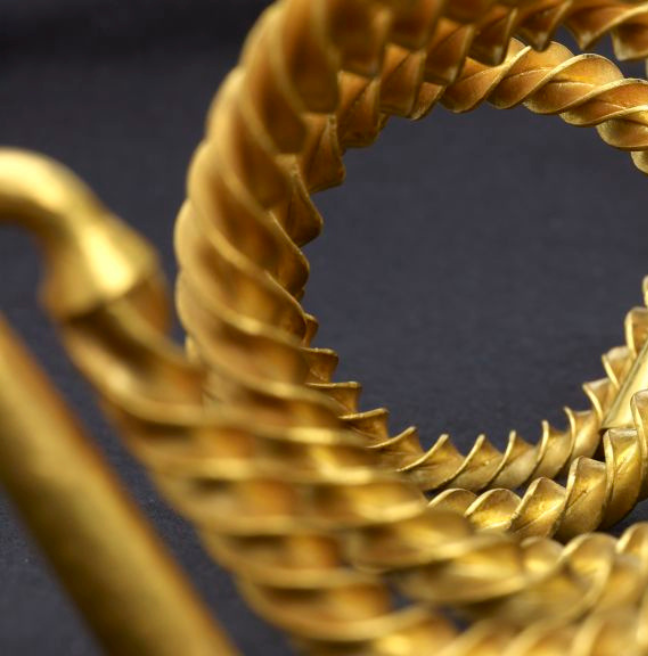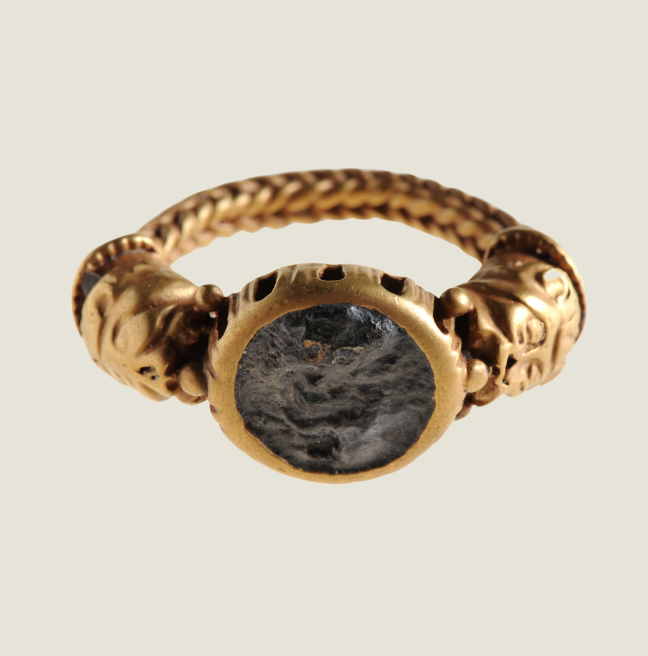
definition of treasure
The definition of Treasure in Northern Ireland now includes the following:
Precious metal objects (other than coins)
Any object, other than a coin, provided that it contains at least 10% of gold or silver by weight and is at least 300 years old when found is Treasure. Objects with gold or silver plating normally have less than 10% of precious metal.
Coins
- Groups of at least two coins from the same find that are more than 300 years old and contain more than 10% by weight precious metal (gold or silver) are Treasure; and -
- Groups of at least 10 coins from the same find of any metal that are more than 300 years old are also Treasure.
Only the following groups of coins will normally be regarded as coming from the same find:-
- hoards that have been deliberately hidden
- smaller groups of coins, such as the contents of purses, that may have been dropped or lost
- votive or ritual deposits
Single coins found on their own are not Treasure, unless they are captured within the significance definition introduced by the 2023 Order. Groups of coins lost one by one over a period of time (for example those found on urban sites) will not normally be Treasure.
Associated objects
Any object, whatever it is made of, that is found in the same place as, or had previously been together with, another object that is Treasure. This might include the vessels for coin hoards, items in a burial, or other items in a hoard that are not gold or silver.
Prehistoric Objects
Two or more objects of base metal e.g. copper, bronze or iron, from the same find and of prehistoric date (i.e. Bronze or Iron Age) are Treasure. This legislation applies to objects found on or after 1 January 2003.

Objects that would have been Treasure Trove
Any object that would previously have been Treasure Trove (under the common law in place prior to the Treasure Act) but does not fall within the specific categories given above. These are objects that are made substantially (more than 50%) of gold or silver, they have to be buried with the intention of recovery and the owners and their heirs cannot be traced.
Significant finds
The 2023 Order provides that, for finds made from 30 July 2023, objects which do not meet any of the other criteria can be deemed to be Treasure if they are of outstanding historical, archaeological or cultural importance. This applies to metal objects that are over 200 years old. It allows for individual coins to be deemed treasure if they meet the significance threshold.
It is important to note that a high threshold will apply to the interpretation of significance. To meet this threshold, objects must provide an exceptional insight into an aspect of national or regional history, archaeology or culture, by virtue of their:
- rarity as an example of their type found in the UK
- their particular location, region or part of the UK
- connection with a particular person or event
Main image: Bronze Age gold ‘bulla’, Inch County Down - worn like a locket.
Explore more
What have I found?
Many important objects are found by people who are not archaeologists. If you think you have found something of interest, please let us know by following these guidelines.
The Treasure Act
National Museums NI has a legal role linked with the reporting of Treasure finds made in Northern Ireland.




